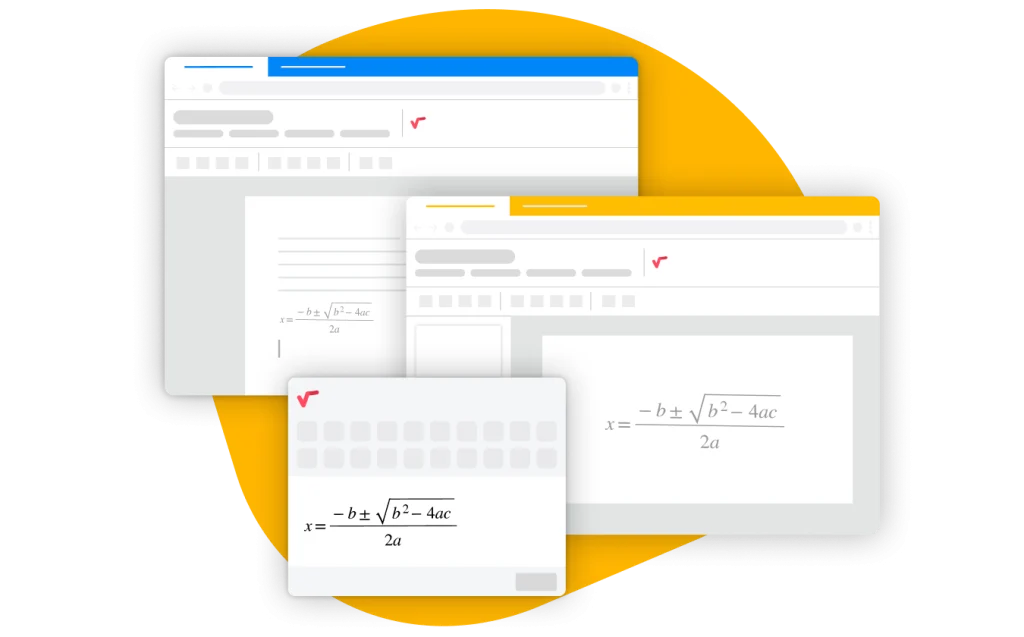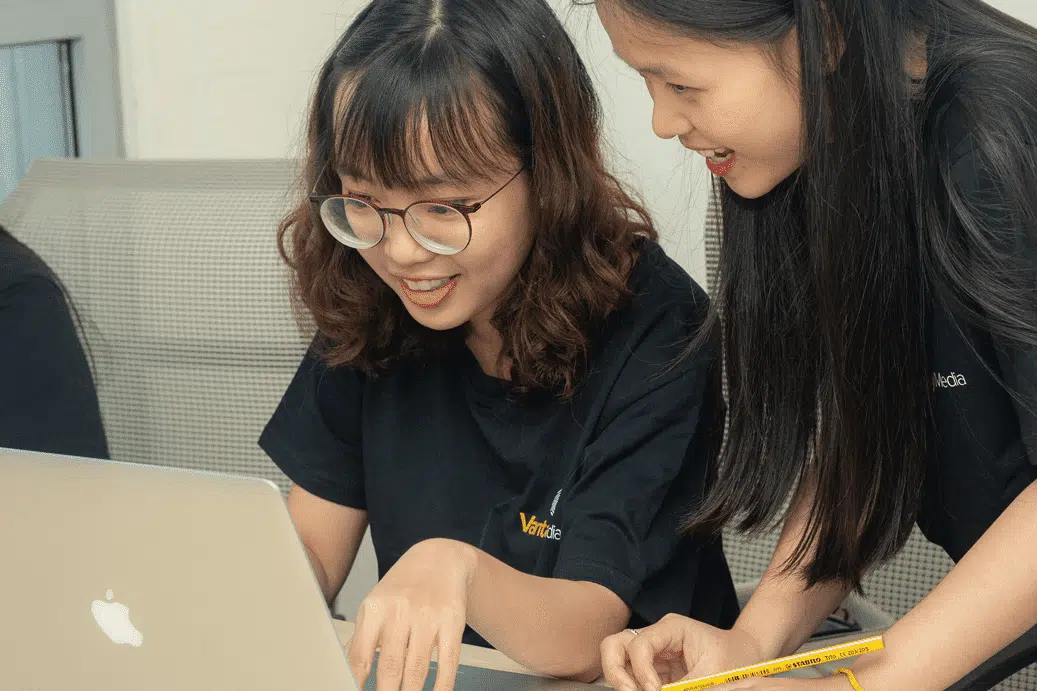In this article
The pandemic has forced schools to adapt to online training
The COVID-19 pandemic has led to an unprecedented revolution in education. Confinement forced classes to be adapted to online formats, a huge challenge for many professionals and educational centres.
After nearly two years since the COVID-19 outbreak, it’s time to look back and analyse how the educational community has experienced the impact of the pandemic and the online transformation. And we ask ourselves: Is online education here to stay?
The role of technology
The use of technology in the classroom was already a tendency and a major concern in educational centres before the pandemic: In the United States 85% of district administrators reported that using digital learning resources was a high priority in 2019, and already in the 2017-2018 academic year, 21% of public schools offered at least 1 online course. The pandemic forced to speed up this tendency, with 80% of households with children learning online in Spring 2020.
Technology has allowed education to continue while the schools were closed, showing that it can provide a plan B in times of shock. The use of platforms that facilitate videoconferences, chats and tools to share documents provided a channel to deliver remote learning and keep students and teachers in contact.
On the other side, specialized programs and applications to work on specific content helped students in a situation where they had to work completely on their own. These tools have definitively entered the classroom and will undoubtedly mark the education of the future.
MathType is a clear example of this situation: The use of the equation editor experienced a huge growth (more than 400%) during the strong lockdown months. Since then, the number of users that open documents with formulas hasn’t stopped growing, showing that the digital content that was generated during the pandemic will continue to be used.

Hybrid learning
During the COVID-19 pandemic, nearly 90% of European higher education institutions adapted their learning formats to online or blended models. But even now that the situation of the pandemic allows us to get back to face-to-face lessons, online training continues to be an option that can be combined with in-person attendance. This is called hybrid learning, and takes the best of each model, from closeness and face-to-face contact, to the advantages provided by educational equipment, tools and applications.
Hybrid learning has a lot of potential to be explored. For instance, it could help ill students to continue with their courses in a normal way. It could also be a solution for schools in some rural areas, where people have a long journey to school, everyday. Thanks to technology, hybrid learning is an interesting model for education, as it allows an easy adaptation to the needs of each centre, type of student, and training.
Challenges of online education
However, the online or hybrid models also pose great challenges for schools and education professionals, as well as for students and their families.
To begin with, not all homes have the necessary digital tools and a stable internet connection.
This creates a digital divide that results in difficulties in accessing education. Moreover, these difficulties strike vulnerable educational communities harder. According to UNICEF, 3 out of 4 students who cannot be reached by the remote learning policies come from rural areas or belong to the poorest households.
The conditions in which the students work at home are also a drawback of online education. A third of the high education students in the EU do not often have a quiet place to study, and almost 60 % reported they do not always have a reliable internet connection. The experience of the pandemic suggests that, even in developed countries, there’s still a long way to go until the implementation of remote learning does not leave anyone behind.
Additionally, new skills are required to master technologies. Education professionals must adapt to these new digital tools, while students must be able to acquire the skills that promote their independence, flexibility and willingness to learn and improve beyond the school years.
Adapting the contents
Another challenge is knowing how to efficiently adapt content to an online format. Giving classes by videoconference or hanging the subjects in a cloud may not be sufficient if we expect the same level of results. A significant proportion of students in the EU (47.43 %) consider that their academic performance was negatively affected when on-site classes were cancelled, a clear sign that technology didn’t completely succeed in substituting face-to-face education.
In the digital model, contents must be adapted through applications and programs that make the subject matter more attractive and understandable. This is especially challenging in STEM subjects, where the materials (graphics, equations, lab work, etc) are more difficult to adapt to a cloud format.
An example of a successful adaptation of traditional material to a digital format is the recent WirisQuizzes graph features, that were built during the pandemic and are now a digital support for the most visual parts of mathematics: geometry, functions and statistics.
While challenges in online learning exist, educational tools and models will evolve to overcome them. There is still a long way to go, but most would agree that the online learning revolution is indeed here to stay. The next question is: Where do we want it to take us?
Other sources:
- European University Association, European higher education in the Covid-19 crisis.
- World Economic Forum, The COVID-19 pandemic has changed education forever.
- US Census Bureau, Nearly 93% of Households With School-Age Children Report Some Form of Distance Learning During COVID-19.
- European Comission, The impact of COVID-19 on higher education: a review of emerging evidence.
- UNICEF, Promising practices for equitable remote learning.
- Picture: School photo created by freepik – www.freepik.com
Share









